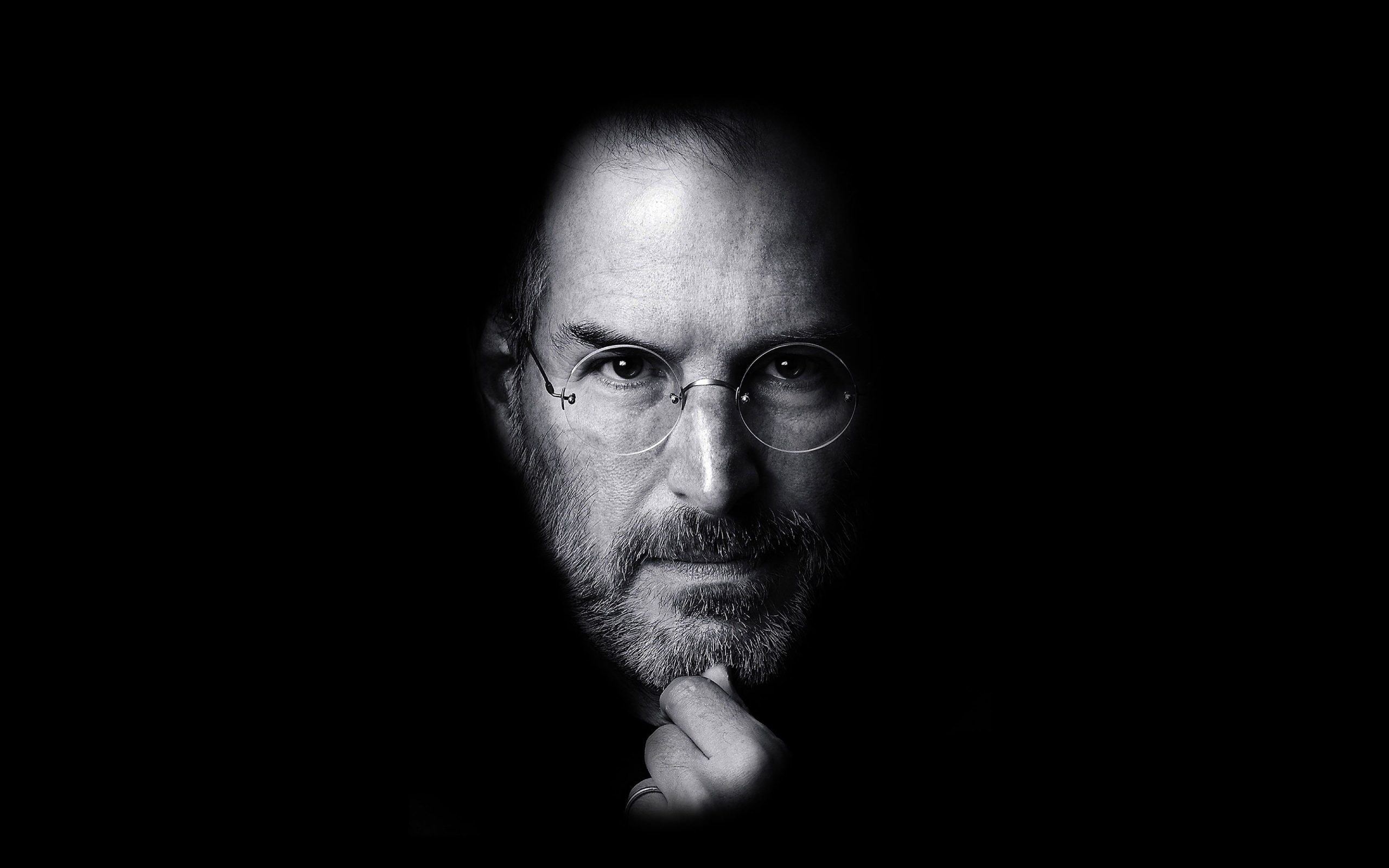The $50 Million Bet That Made Steve Jobs a Billionaire — And It Wasn’t Apple
When you hear “Steve Jobs,” your mind likely jumps to Apple: sleek iPhones, legendary keynotes, and a man in a black turtleneck redefining consumer tech.
But here’s the twist even Apple superfans often overlook:
Steve Jobs didn’t become a billionaire from Apple.
He did it through Pixar — and it wasn’t just a business win. It was the personal reinvention that changed everything.
The Bold Move Everyone Thought Was Career Suicide - How Steve Jobs Got Rich!
In 1985, Jobs was ousted from Apple — at 30 years old, kicked out of the company he co-founded. It’s the kind of ego-bruising moment that breaks most people.
But Jobs wasn’t most people.
As Forbes recounts, he didn’t chase revenge or build a “better Apple.” Instead, he bet on an oddball graphics division from Lucasfilm — a money-losing side project most had written off.
He paid $5 million for it and pumped in another $5 million just to keep the lights on. Over the next decade, he’d quietly invest a total of $50 million of his own money, according to Cult of Mac.
At that point, let’s be honest — this wasn’t visionary. It looked like hubris.
But here's the insight: Jobs wasn’t just buying tech. He was buying time. Time to fail. Time to reflect. Time to figure out who he was without Apple.
How Toy Story Didn’t Just Save Pixar — It Redeemed Jobs
A decade later, Toy Story changed everything. It was the first fully computer-animated film, and it exploded into a $373 million global success (Box Office Mojo).
Pixar’s IPO followed days later. The stock doubled. And suddenly, Jobs’ once-questionable investment was worth $1.2 billion, as The Guardian reported.
He didn’t throw a party. He didn’t go on a media tour. He quietly called Larry Page and said:
“I made it.”
(Source)
That quote hits different when you consider what he’d been through. For Jobs, it wasn’t just about wealth. It was about redemption — validation after a decade of doubt.
The Real Pixar Legacy: It Rewired His Leadership
The money made headlines. But the real transformation happened behind the scenes.
In To Pixar and Beyond (Penguin Random House), Pixar CFO Lawrence Levy describes how Jobs slowly learned to let go — to empower creatives, to value collaboration, to listen.
This wasn’t the same firebrand who once berated Apple engineers. Pixar forced Jobs to adapt or fail. And that softened intensity became the secret weapon in his second act at Apple.
According to Harvard Business Review, Jobs brought these hard-won leadership lessons back with him in 1996 when Apple acquired NeXT.
What followed — the iMac, the iPod, the iPhone — was built not just on innovation, but on empathy, clarity, and an entirely new creative rhythm.
From Misfit Investor to Hollywood Power Player
Pixar didn’t just give Jobs a billion-dollar payday. It gave him power in a completely different arena: entertainment.
In 2006, Disney acquired Pixar for $7.4 billion in stock. Jobs became Disney’s largest individual shareholder and joined the board (NYT).
That’s a level of influence few tech CEOs ever touch. He wasn’t just shaping tech anymore. He was shaping culture.
And maybe that was the point all along.
The Fortune Behind the Fortune
Here’s what most people miss:
Jobs didn’t make his first billion in Silicon Valley.
He made it by betting on creativity, trusting misfits, and backing an idea that didn’t make sense on paper.
In a world obsessed with fast exits and safe bets, Jobs’ Pixar journey is a stark reminder that the long game still matters.
He wasn’t chasing the next unicorn. He was building something slower — and more meaningful.
So, What Can You Take Away?
-
If you’ve ever been fired, doubted, or written off — remember Jobs at 30.
-
If you’re tempted to quit on a crazy idea — remember his $50 million Pixar gamble.
-
And if you think creativity and commerce don’t mix — remember what came after: iPod, iPhone, Toy Story, Up.
Jobs didn’t just build products.
He rebuilt himself. And that version? That’s the one who changed the world — again.
People Also Ask
Did Steve Jobs found Pixar?
No. Pixar began inside Lucasfilm in 1979. Jobs acquired it in 1986 and rebranded it.
→ Pixar History
How much did Jobs make from Pixar?
Over $1.2 billion after Pixar’s IPO — plus billions more from the Disney acquisition.
→ CNBC
What leadership lessons did Jobs learn at Pixar?
Creative autonomy, collaboration, and the power of story — lessons that reshaped his leadership at Apple.
→ Harvard Business Review
Was Pixar more profitable for Jobs than Apple?
At first, yes. Pixar made him a billionaire before Apple’s comeback — but Apple made him a legend.
Related Articles:
Steve Jobs' Net Worth 2025: A Journey Through His Life and Fortune
Walt Disney's Net Worth: His Fairy Tale Fortune Explored In 2025
Sir Richard Branson's Net Worth 2025: Exploring His Virgin Empire & Legacy














